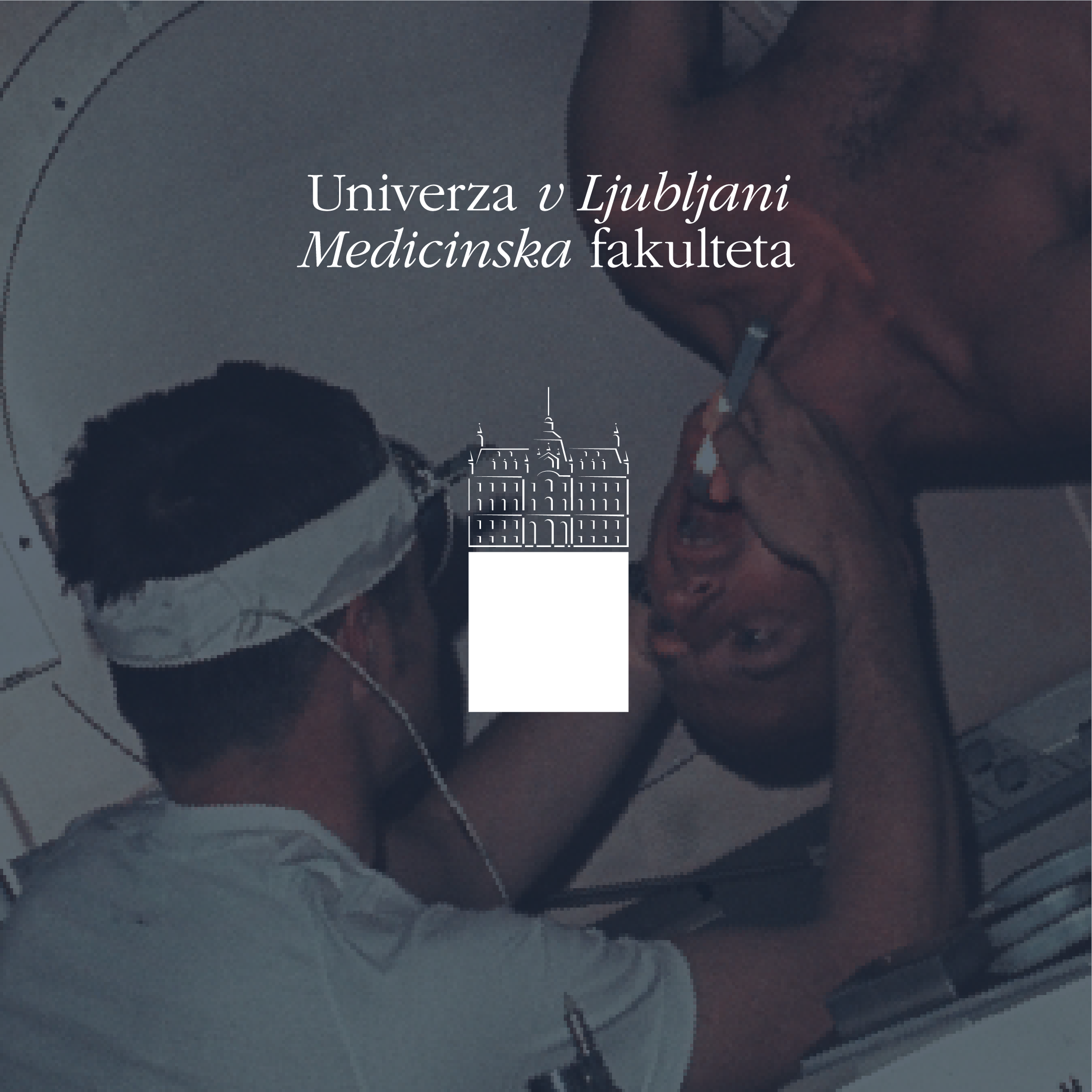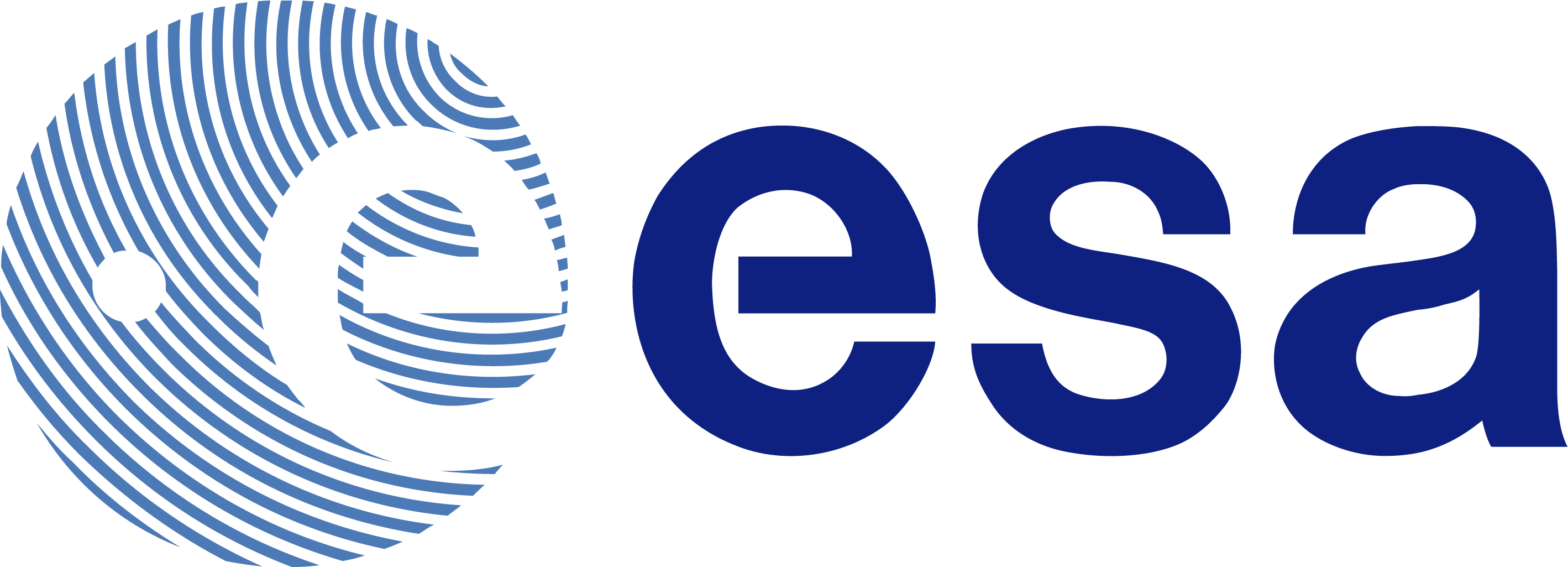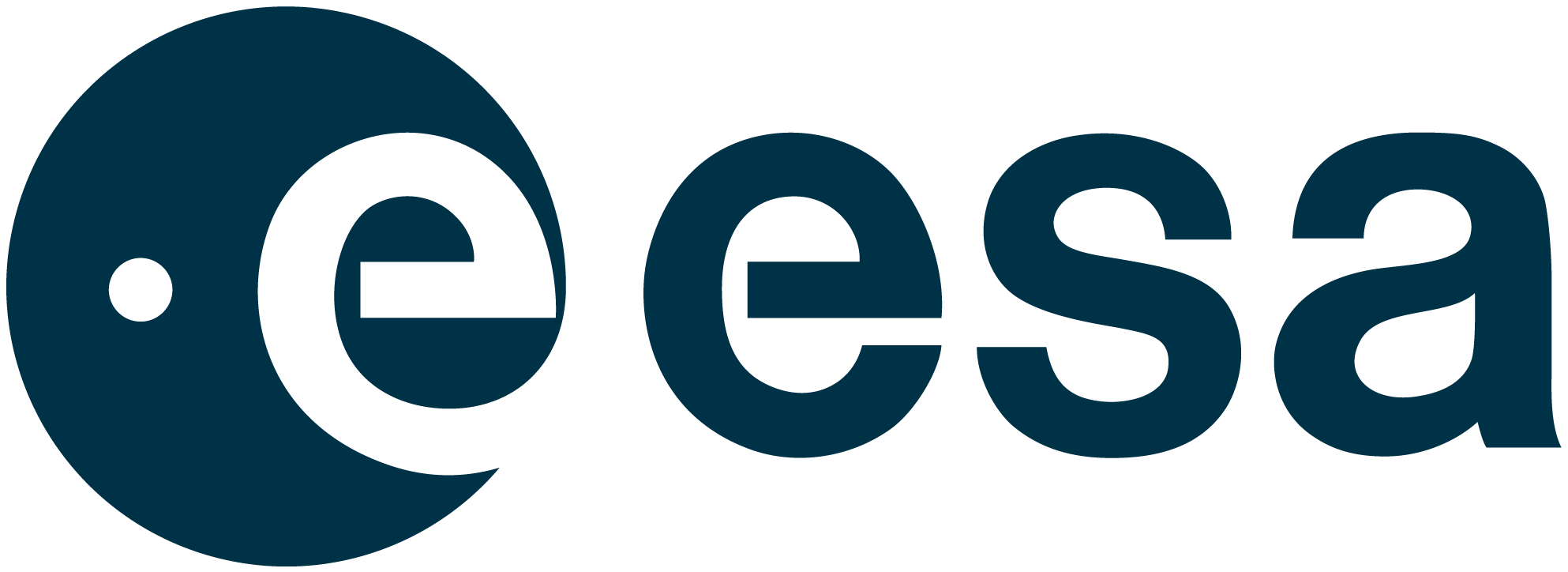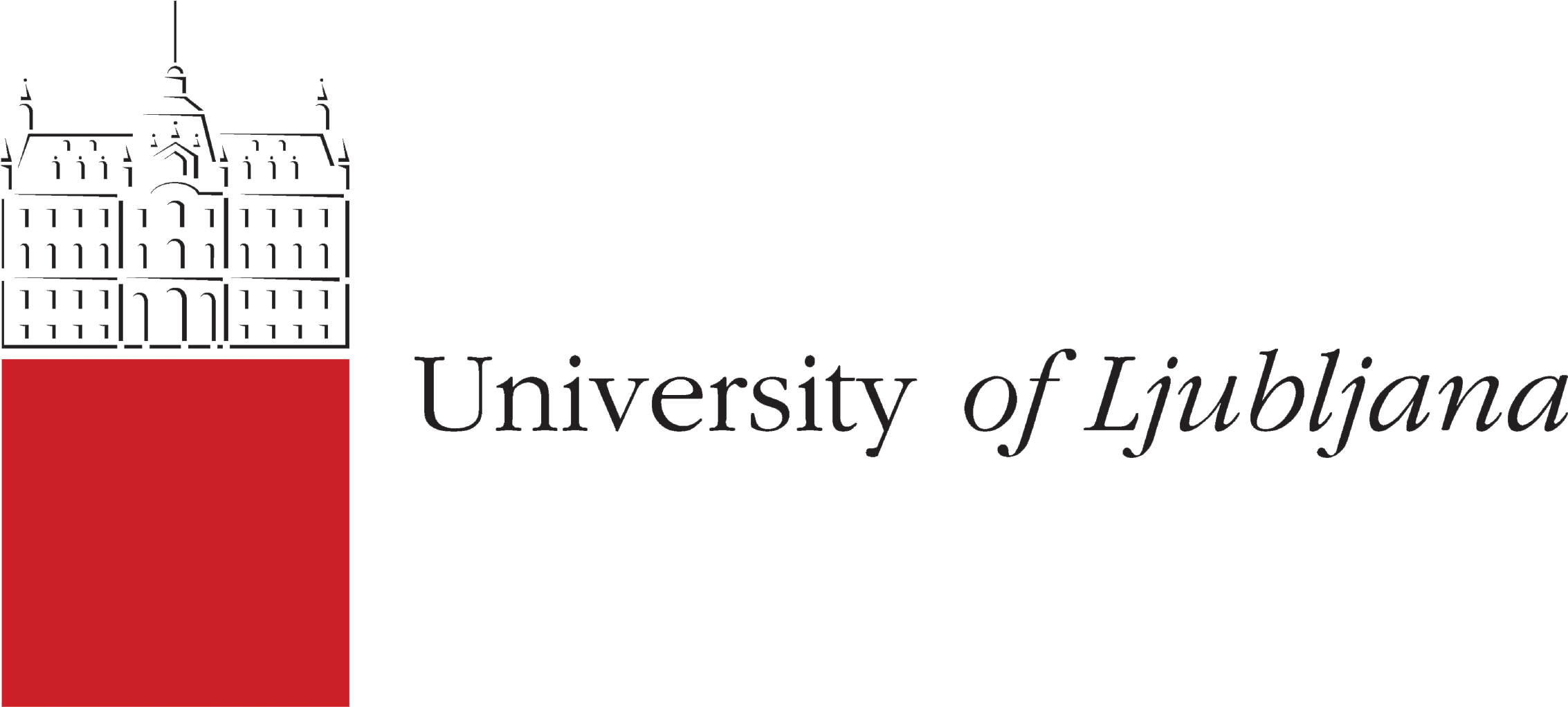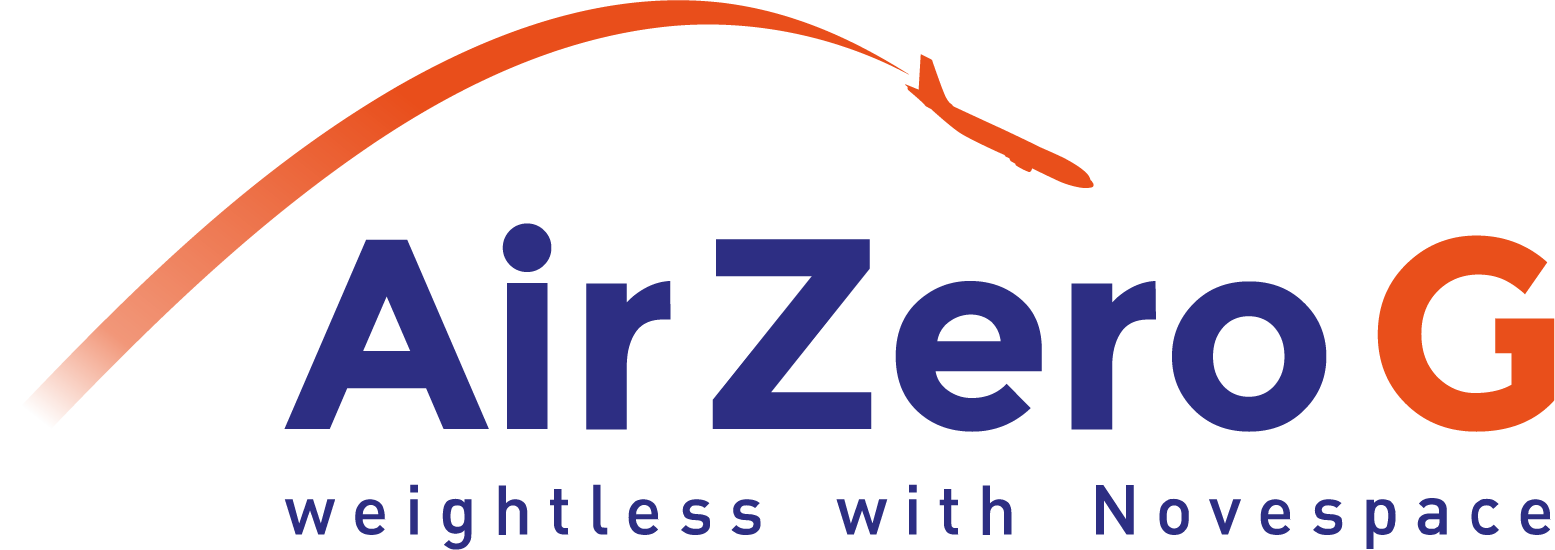WHAT IS IT ALL ABOUT?
SpaceDent is a student project supported by PETRI programme, part of ESA Education under European Space Agency (ESA), which gives students the opportunity to perform experiments in micro- and hyper- gravity. The experiment will be performed in parabolic flight, where students can find out whether dental treatment can be performed in weightlessness. SpaceDent's mission is to make the first step to prepare dental medicine for a multi-planetary future.
Global benefit
MULTI-DISCIPLINARY COOPERATION
Dental Medicine
Dental Medicine students are going to perform the experiment in weightlessness, analyse, and communicate the results.
MECHANICAL ENGINEERING
Mechanical Engineering students will build a metal construction with all the supporting systems and thus play a vital role in making this project possible.
ELECTRICAL ENGINEERING
Electrical Engineering students will make sure everything is powered and that the video information is captured correctly.
WE WILL MAKE SURE THAT ASTRONAUTS GOING TO MARS WILL COME BACK WITH A HEALTHY SMILE ON THEIR FACE.
Project goals
SpaceDent's wish is to assess procedures not just to collect measurable results.
Doctor - Patient Positions
To understand how weightlessness changes doctor-patient position relation and optimize it.Tool Handling
To assess how dental tools can be changed to optimize their use, effectiveness and safety.Accuracy of Treatment
To test if dental handpiece handling in space is controlled enough to allow safe caries treatment.Teledentistry
To test an Intraoral scanner and make Teledentistry a viable option for multi-year space expeditions.Dry Dentistry
To develop water- and acid-free procedures and make dental medicine safe for space.Dental Protocols Adaptation
To make dental procedures easy for astronauts to handle.FUTURE APPLICATIONS
Dental Medicine is a profession with one of the broadest knowledge bases required to perform its operations. From an extensive understanding of materials and thus inorganic nature, to an in-depth comprehension of organic nature and human biology. Although generally perceived as somewhat isolated, innovations in the field of Dental Medicine touch every corner of the scientific domain.
Regenerative Dentistry
Teeth are one of the most diverse organs in the human body. Knowledge gained from studying dental regeneration in weightlessness will provide clues for other fields.Materials Research
Dental Medicine practitioners use, study, and develop new materials every day. They are at the forefront of materials research.3D Printing
3D printing has an extensive use in dental medicine. Adopting it for space will accelerate progress in other fields.Automated Medicine
Dental medicine is one of the hardest areas to automate. Successful innovations can thus be adapted to other domains with ease.Diagnostic Tools
Oral diagnostic provides a non-evasive and economically viable way to monitor systemic well-being of astronauts.Health in Microgravity
The human body is a connected system. We cannot neglect oral health and expect astronauts to be healthy.Latest news
Thank you
For your support
ESA Associates and UNIVERSITY PROFESSORS
European Space Agency (ESA)
Mr. Nigel Savage, PhD
Mr. Felix Scharnhölz
Novespace
Mrs. Alexandra Jaquemet
Department of Dental Medicine
prof. Aleš Fidler, PhD
Vice-Dean prof. Janja Jan, PhD
Faculty of Medicine
Dean prof. Igor Švab, PhD
Vice-Dean prof. Ksenija Geršak, PhD
Faculty of Mechanical Engineering
assist. prof. Simon Oman, PhD
Vice-Dean prof. Jernej Klemenc, PhD
assoc. prof. Domen Šeruga, PhD
assist. Aleš Gosar, PhD
Faculty of Electrical Engineering
Vice-Dean prof. Roman Kamnik, PhD

